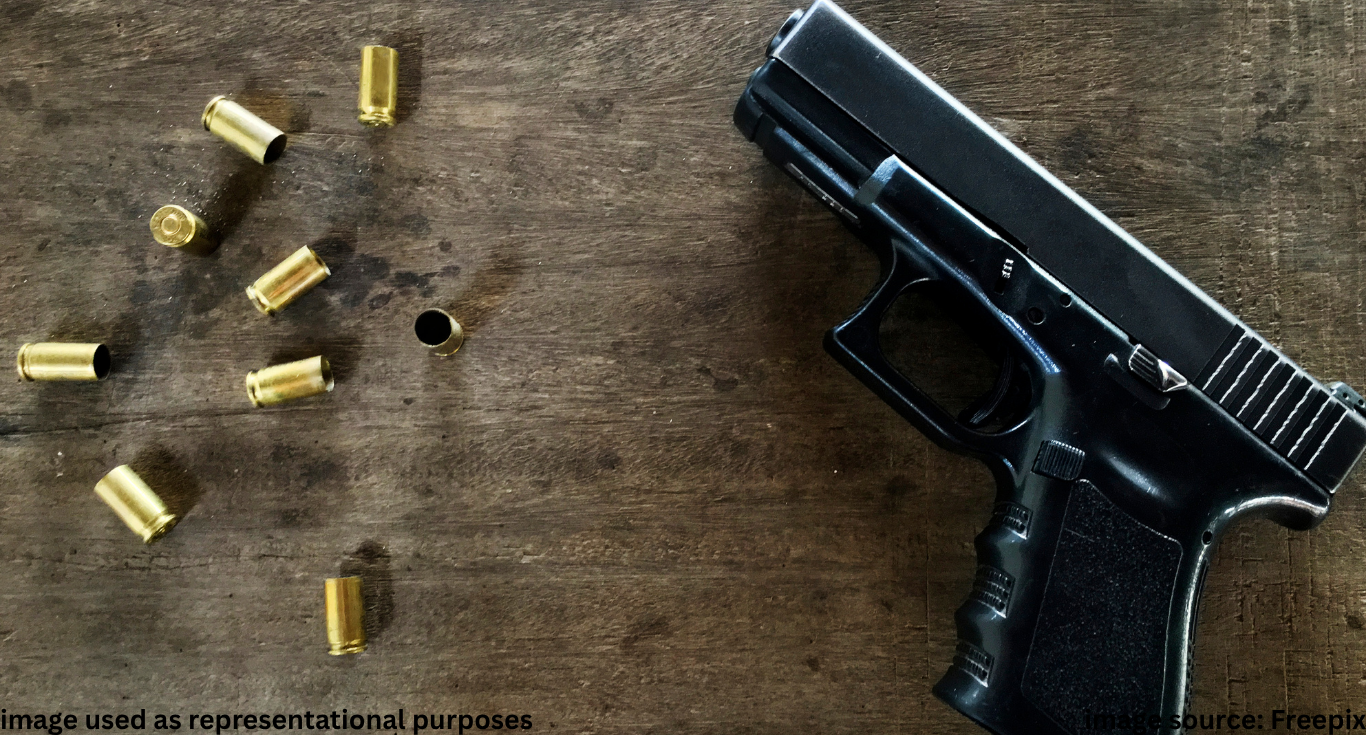
Why Gun Laws in the U.S. Matter
The topic of gun laws in the U.S. touches the lives of millions—whether you’re a gun owner, a parent, a policymaker, or simply a concerned citizen. With over 393 million civilian-owned firearms in the country, the debate around gun rights and regulations remains heated and highly relevant. But what do these laws actually mean for everyday people? Why are they so different from one state to another?
Understanding the framework of gun laws in the U.S. is key to engaging in informed, respectful conversations and making safe, legal decisions.
The Second Amendment: Foundation of Gun Rights
At the heart of U.S. firearm laws is the Second Amendment of the Constitution. It reads:
“A well regulated Militia, being necessary to the security of a free State, the right of the people to keep and bear Arms shall not be infringed.”
This single sentence has been interpreted in countless ways over centuries. While it guarantees the right to own firearms, courts have acknowledged that this right is not unlimited. For example, convicted felons or people with mental illnesses may be legally barred from possessing firearms.
Federal vs. State Gun Laws
Gun laws in the U.S. vary widely because federal and state governments both create legislation. While federal law sets a baseline—for instance, banning the sale of guns to felons—states can create additional rules.
Federal Gun Laws: Minimum age to purchase handguns is 21, the minimum age to purchase rifles/shotguns is 18, it prohibits ownership by certain groups (e.g., domestic abusers) and requires background checks via the NICS system
State-Level Examples: California has a 10-day waiting period and bans assault weapons. Texas allows permitless carry for individuals aged 21+ with no felony record. New York mandates background checks for all ammunition sales.
This patchwork system means a gun legal in one state might be illegal in another.
Concealed Carry and Open Carry Rules
How and where you can carry a gun is another key issue.
Open carry means the gun is visible.
Concealed carry means it is hidden under clothing or in a bag.
Some states, like Arizona and Vermont, allow both without a permit. Others, like Illinois, require permits and training. In contrast, a few states have “may-issue” policies, giving law enforcement discretion over who gets a license—even if they meet the requirements.
Background Checks and Loopholes
The Brady Handgun Violence Prevention Act requires federally licensed gun dealers to conduct background checks. However, this doesn’t apply to private sales in many states.
This loophole, often called the “gun show loophole,” means firearms can be purchased without checks at gun shows, online, or through private sellers. According to Pew Research, 20% of recent gun owners in the U.S. obtained their firearms without a background check.
Real-Life Stories and Their Impact
One of the most emotional drivers of gun law reform is personal experience. Consider the story of Shannon Watts, a mother of five who founded Moms Demand Action after the Sandy Hook shooting. Her grassroots campaign has helped push for red flag laws in over 20 states.
Another example: John, a Navy veteran from Ohio, became a gun control advocate after his daughter was injured in a school shooting. “I grew up around guns and respected them. But now, I advocate for common-sense laws that could save lives,” he told NPR.
Arguments For and Against Gun Control
Arguments for Gun Control: Reduces mass shootings and suicides. Keeps guns out of the hands of criminals. Promotes responsible gun ownership. Supported by majority of Americans (per Gallup poll)
Arguments against Gun Control: Violates constitutional rights. Criminals will still obtain guns illegally. Gun ownership is key for self-defense. Regulations often penalize law-abiding citizens
Recent Changes in U.S. Gun Legislation
In 2022, Congress passed the Bipartisan Safer Communities Act, the first significant gun safety law in decades. It includes:
Enhanced background checks for buyers under 21
Funding for mental health and school safety
Incentives for states to adopt red flag laws
Some states like Oregon and Michigan have passed stricter background checks and waiting periods, while others like Florida have expanded concealed carry rights.
Practical Tips: What You Need to Know Before Owning a Gun
If you’re considering owning a firearm, here’s what to keep in mind:
1. Know your state’s laws: Ignorance isn’t an excuse in the eyes of the law.
2. Get trained: Safety courses are not only educational but often required.
3. Secure your weapon: Use a gun safe or trigger lock, especially with children at home.
4. Understand the legal use of force: Knowing when and how you’re allowed to use a weapon is crucial.
5. Keep documentation: Always keep your gun license, bill of sale, and proof of training handy.
Conclusion: Striking a Balance
The debate around gun laws in the U.S. isn’t going away. With over 40,000 gun-related deaths annually, the stakes are high. Yet so is the passion many Americans feel for their constitutional rights.
Striking a balance between freedom and safety isn’t easy—but understanding the law is the first step toward being a responsible citizen. Whether you support stricter regulations or fight to protect gun rights, knowledge and empathy are powerful tools in moving the conversation forward.

Akalumhe Jefferson is a content writer with a new found interest for crafting engaging stories that transport readers to new worlds. Although no current actual background in creative writing but there’s active love for writing



